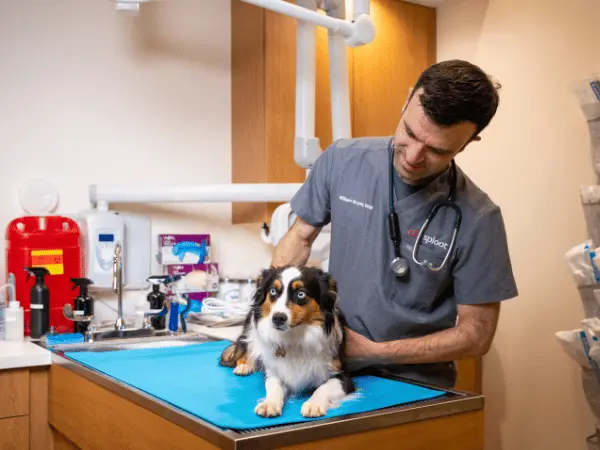Pet emergencies can be distressing, often requiring immediate medical intervention. Whether it is a sudden illness, an injury, or an unknown medical condition, acting swiftly can make a difference in a pet’s recovery. Owners must remain calm and take the necessary steps to ensure their companion receives timely care.
During a critical situation, a trip to an animal hospital may be unavoidable. Knowing what to expect upon arrival can ensure a smoother experience. From check-in procedures to diagnostic tests, each step is crucial. This article will explore the essential stages of an emergency visit and the role of veterinary professionals in urgent care.
Immediate Steps Upon Arrival
Upon reaching the emergency facility, the veterinary staff will assess the urgency of the case. Triage is the first step, where pets are evaluated based on the severity of their condition.
- Pets in critical condition receive immediate attention.
- Stable cases may require waiting until more urgent cases are treated.
- Owners may need to provide information about symptoms, medical history, and any recent incidents.
This process ensures that every pet gets the necessary care based on medical priority. Staff members will guide owners through the next steps while ensuring that their pets remain as comfortable as possible.
Initial Examination and Diagnosis
Once the pet is taken in, the veterinarian conducts a thorough physical examination. Observing symptoms, checking vital signs, and identifying distress levels help determine the severity of the issue. Advanced diagnostics such as blood tests, X-rays, or ultrasounds may be required for a more precise assessment. Communication is key during this phase. The veterinary team will update owners on their pet’s condition, suggest possible causes, and discuss potential treatment options.
Treatment and Stabilisation
After diagnosing the issue, the veterinary team focuses on stabilising the pet. Immediate treatments can include pain relief, fluid therapy, or wound management. In more severe cases, oxygen therapy or emergency surgery may be required. The pet’s response to initial treatment will determine the next course of action. Some cases may require hospitalisation, while others can be managed with prescribed medications and home care instructions. Throughout this process, veterinary staff prioritise the pet’s comfort and well-being.
Hospitalisation and Monitoring
If a pet requires extended care, hospitalisation may be necessary. This involves continuous monitoring to track progress and adjust treatment as needed. Veterinary nurses and doctors work together to ensure that pets receive appropriate medications, nutrition, and supportive care. Regular updates are provided to owners, detailing any changes in the pet’s condition. In some cases, visiting hours may be available, allowing owners to check on their pet’s recovery. The duration of hospitalisation depends on the severity of the medical issue and the pet’s response to treatment.
Costs and Payment Options
Emergency veterinary care can be costly, especially if advanced procedures or extended hospital stays are required. Most clinics provide a cost estimate before proceeding with treatments. Payment plans or pet insurance coverage may be available to help manage expenses. It is beneficial for owners to inquire about financial options beforehand. Being prepared for unexpected medical costs can reduce stress and allow focus on the pet’s recovery. Discussing financial concerns with the veterinary team can help find the best possible care within a manageable budget.
An emergency visit to an animal hospital can be overwhelming, but understanding the process can help reduce stress. From initial triage to treatment and aftercare, each step plays a vital role in ensuring a pet’s well-being. Veterinary professionals are dedicated to providing urgent care, offering the best possible outcomes for animals in distress. Being prepared and knowing what to expect allows owners to navigate emergencies more confidently.

